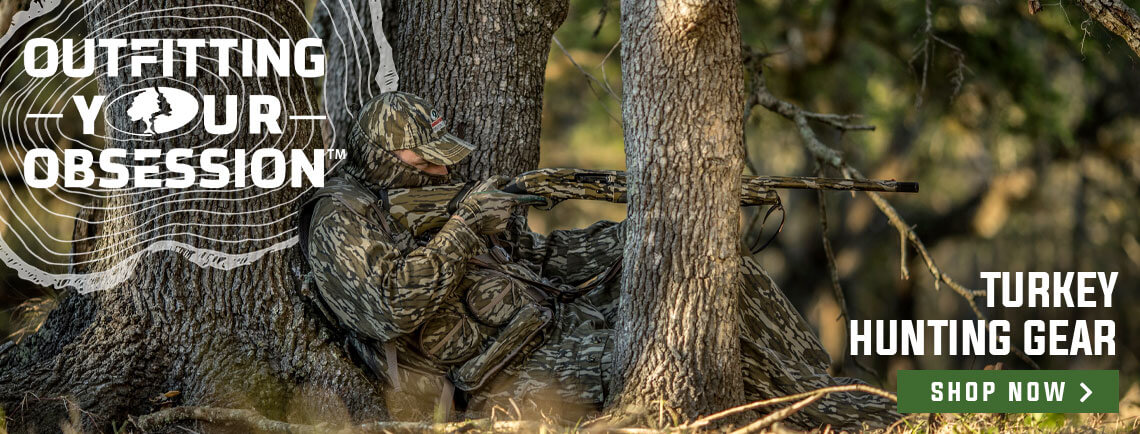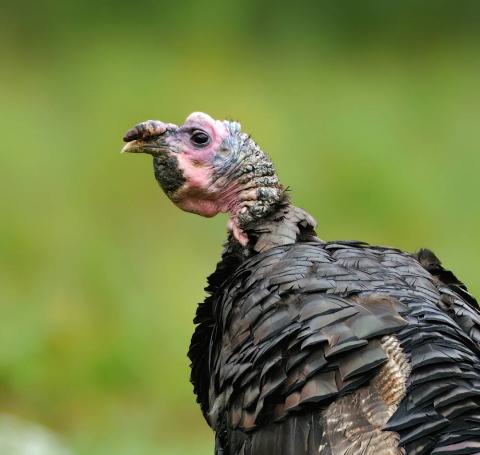Heath Wood
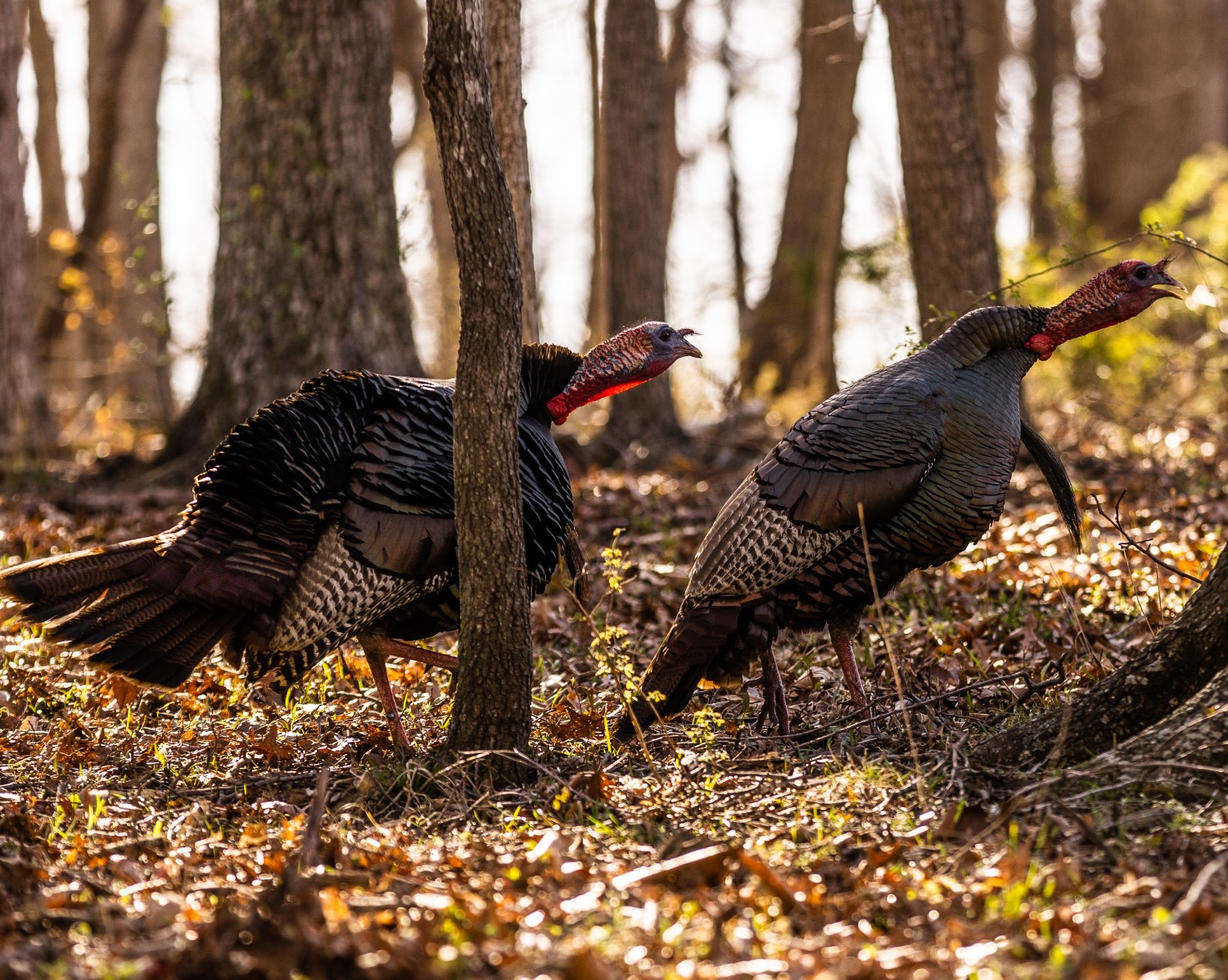
It was the opening day of Missouri’s three-week-long turkey season, and I had tagged along with two good friends while hunting on one of their father-in-law's cattle farms.
Earlier that morning, we walked through a large open pasture to get close to a small stretch of timber, where we knew several turkeys had been roosting each night. As the first light appeared that morning, our assumption was confirmed when we heard two toms gobbling on the roost. We hurried to get set up in the correct position by placing my two friends facing the edge of the timber, and I placed myself approximately twenty yards as the designated caller. After twenty minutes of calling periodically, the toms went silent, leaving us wondering what the next move would be. Unable to communicate with my two friends because of the distance, I sadly had to watch one of the toms appear out of the woods a mere forty yards from their location. Yet, they could not see the tom due to the terrain and never knew he was around. I then watched in disbelief as the tom strutted across the wide-open field for over a hundred yards until finally entering another timber stand on the opposite side.
After two weeks of hunting other properties of my own, I met back up with one of my buddies to return to the farm, where we had experienced the close encounter. While in the truck on our way to hunt that morning, my friend and I planned to return to the same area to watch the open field much closer than we did the first week. If the toms entered the field in the same manner as before, we would be in a better position and able to make the shot.
When we returned to the area on the last week of Missouri’s season, we were both surprised to find that the grass in the open pasture where the tom had strutted weeks prior had grown over a foot. If a turkey were to show up in the same field, we wouldn’t see it because the grass was now taller than the turkeys. What mother nature can do in a short period is remarkable.
Shop: Alps Outdoorz Turkey Vest
When turkey hunting early season, hunters can face many obstacles from mother nature that can quickly alter the chances of tagging a gobbler. Whether it be colder weather, less natural growth, or the turkeys themselves being in the beginning stages of the breeding season, calling a tom into close range can be quite the challenge. When the early season deals the hunter with a less-than-ideal hand for calling turkeys, it becomes a battle between mother nature and the turkey hunter. It is up to the hunter to adjust their tactics, overcome the obstacles and harvest a mature gobbler.
Early Season Cold Weather
It is common to have temperatures close to freezing in the morning during early spring. When turkeys procrastinate on getting the day started due to cold weather, hunters often give up too early out of frustration with the turkeys' refusal to get close and being unresponsive to calls. On cold early-season hunts, I have experienced turkeys staying on the roost longer, and gobbling activity is minimal.
Solution: When the toms are quiet due to cold weather, it is vital for hunters to rely on their pre-season scouting and get close to roosted birds before sunrise. From the knowledge that turkeys are nearby due to prior scouting, hunters can set up and call softly enough to let the toms know that a hen is nearby. After softly calling, be still, wait it out, and let the toms slowly come to check it out. On multiple occasions, I have had turkeys come to my call much slower than usual and without ever saying a word on the way.
How to Turkey Hunt with Little to No Foliage
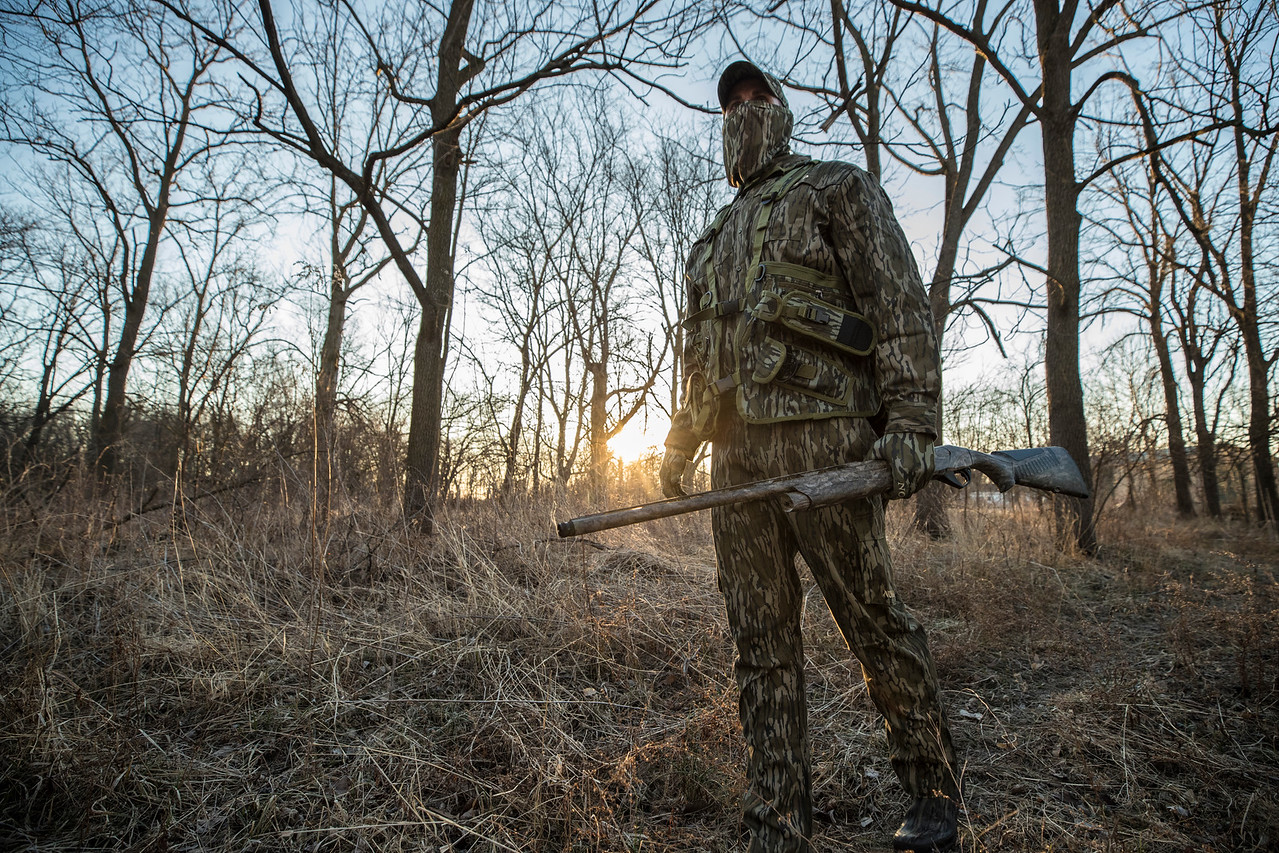
A few years ago, Missouri had an unseasonable cold March, resulting in April’s turkey season arriving with little to no foliage on any of the trees. During the first few days of the season, I got busted by turkeys in the distance, who saw my movement. On one occasion, I watched a tom travel across a vast field several hundred yards away, with two ridges between him and me; usually, I could have moved and positioned myself for when the tom came into closer range. Yet, that morning I got busted using my slate call from over two hundred yards. I was amazed at how far turkeys can pick up movement.
Solution: When the warmer spring temperatures are a bit behind, it is common for the green grasses and the leaves on the trees to grow slowly. When this happens, it is difficult for turkey hunters to walk any distance without being pegged by the incredible eyesight of a wild turkey.
With no foliage on the trees for added cover, hunters must wear their camouflage from head to toe. Mossy Oak is the best turkey hunting camo. When walking, hunters must move slowly, stay in the shadows, and use structure between themselves and their destination to prevent being seen by turkeys.
When the cover is scarce, it is also important to remember that sound travels much further than when the leaves are in full bloom. It is vital to use a diaphragm-style call when hunting early season. A mouth call will allow the hunter to keep calling at a lower volume and keep their hand movement to a minimum.
What to Do When They're Henned Up
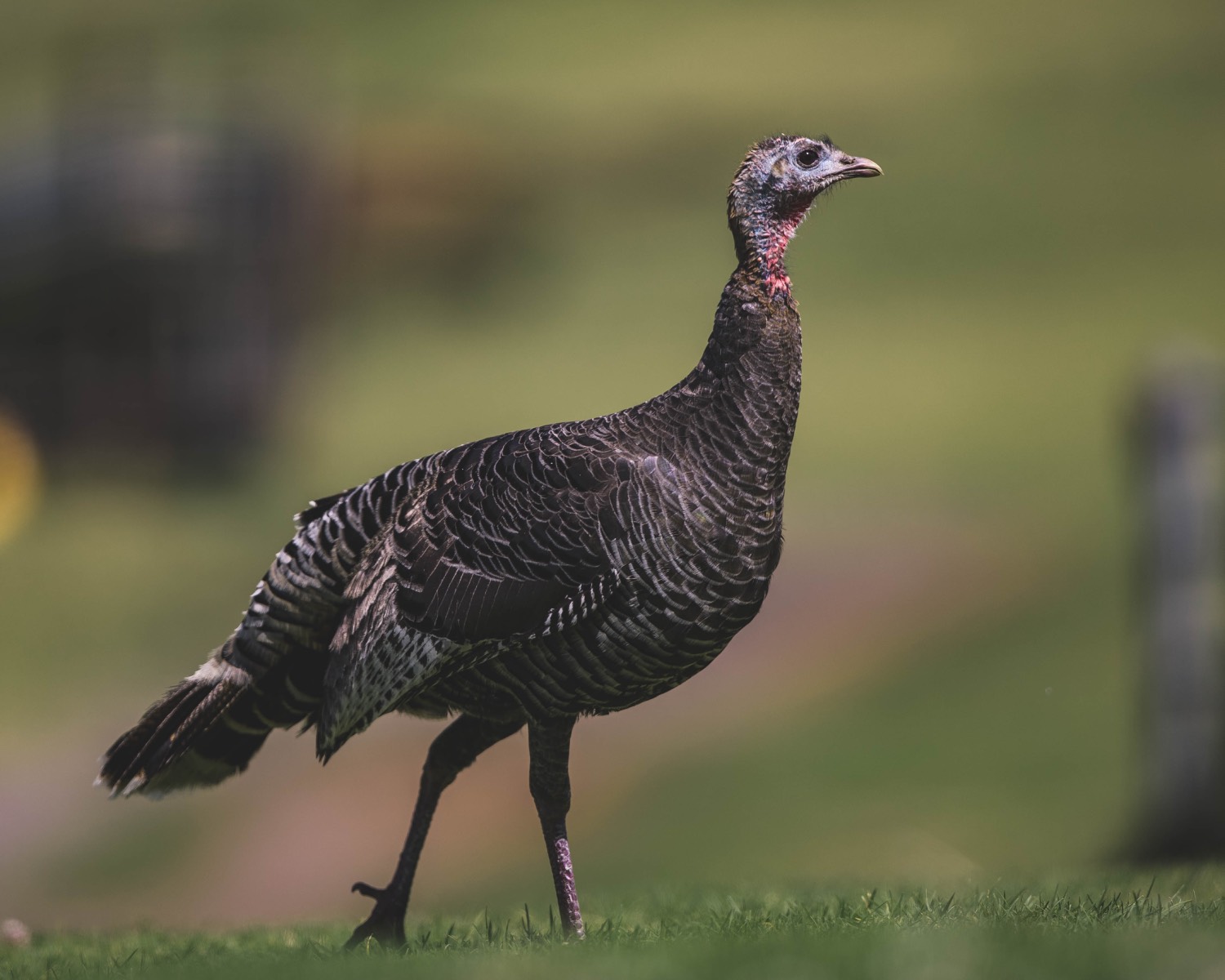
One of a hunter's most common early season struggles is toms with too many hens with them, often referred to as “henned up.” In the early portion of the season, especially when the weather has been cooler, and spring-like weather is lagging, the breeding season for turkeys can also be slightly behind.
When toms are in the early stages of the breeding season, they tend to have much more hens accompanying them wherever they travel. Calling turkeys into close range can be much more difficult when the competition is always literally within a few feet of the gobbler.
Read More: Hunting a Henned Up Gobbler
Solution: When gobblers are so-called “henned up,” switching the focus and calling to the hens instead of the tom is effective. Calling directly at the hens makes them think another boss hen is trying to take their man. When hens get jealous or territorial, they often break away from the gobbler. When she goes to investigate, guess who is following close behind… The gobbler. He doesn’t want his girls to get out of sight and often goes wherever the hens take them. Early season, I love using a hen decoy such as the Avian X LCD Hen; after ramping up my calling and focusing on the hens with the gobbler, they typically come in mad and looking to fight. Once they encounter the decoy, they come into close range much quicker than usual.

